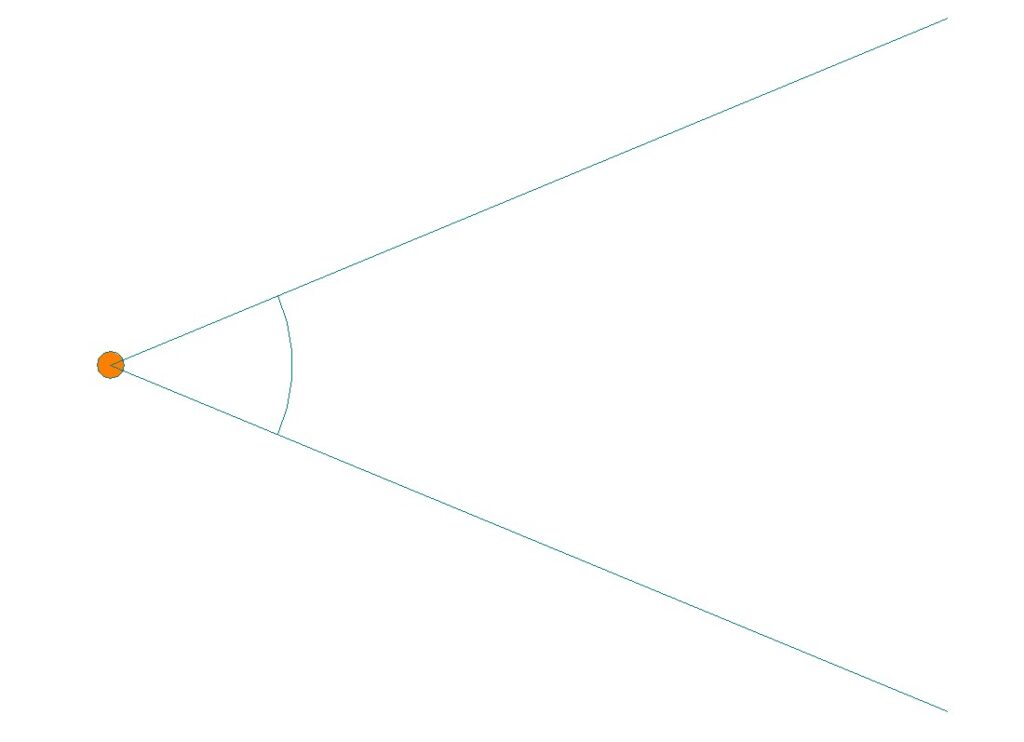For decades, handheld pyrotechnic flares have been an essential component of maritime distress signalling, alongside radios, EPIRBs, PLBs, and rocket flares. However, they present significant drawbacks:
- Limited burn time – Typically lasting under one minute, requiring multiple deployments for prolonged distress signalling.
- Unverifiable reliability – Flares cannot be tested before use, meaning their functionality is unknown until an emergency occurs.
- Safety risks – Burning at extremely high temperatures, they pose risks of severe burns and accidental fires.
- Disposal challenges – Classified as hazardous waste, expired flares require specialised disposal.
Why UltraFlare-Daylight?
Increasing Maritime, Mountain Rescue, and Military Safety – UK Patent Application: 2418653.8
➢ The first EVDS to achieve 15,000 candela brightness
➢ Provides unmatched visibility, multi-environment usability, and eco-friendly reusability
➢ Addresses both safety and regulatory gaps with compliance-ready design

Performance Highlights
➢ Brightness: > 15,000 candela, the brightest EVDS available, matching IMO/SOLAS brightness standards
➢ Visibility:
➢ DAYLIGHT: 0 – 3 Nautical Miles
➢ NIGHT: 0 – 10 Nautical Miles
➢ Signal Pattern: Continuous White SOS signal, internationally recognised
➢ Azimuth Coverage: 45° horizontal, 15° vertical, ensuring optimal visibility
➢ Durability:
➢ Waterproof: Operates under heavy spray or submersion
➢ Shockproof: Built for rugged conditions
➢ Power Source: Rechargeable battery with up to >1 hour of daytime signalling and 6 hours of nighttime signalling
➢ Future Variants: Red for distress, Blue for tactical marking, and IR for NVG application
Feature List



45° horizontal visibility band > 15,000 candela
15° vertical visibility band > 15,000 candela
As seen in Practical Boat Owner